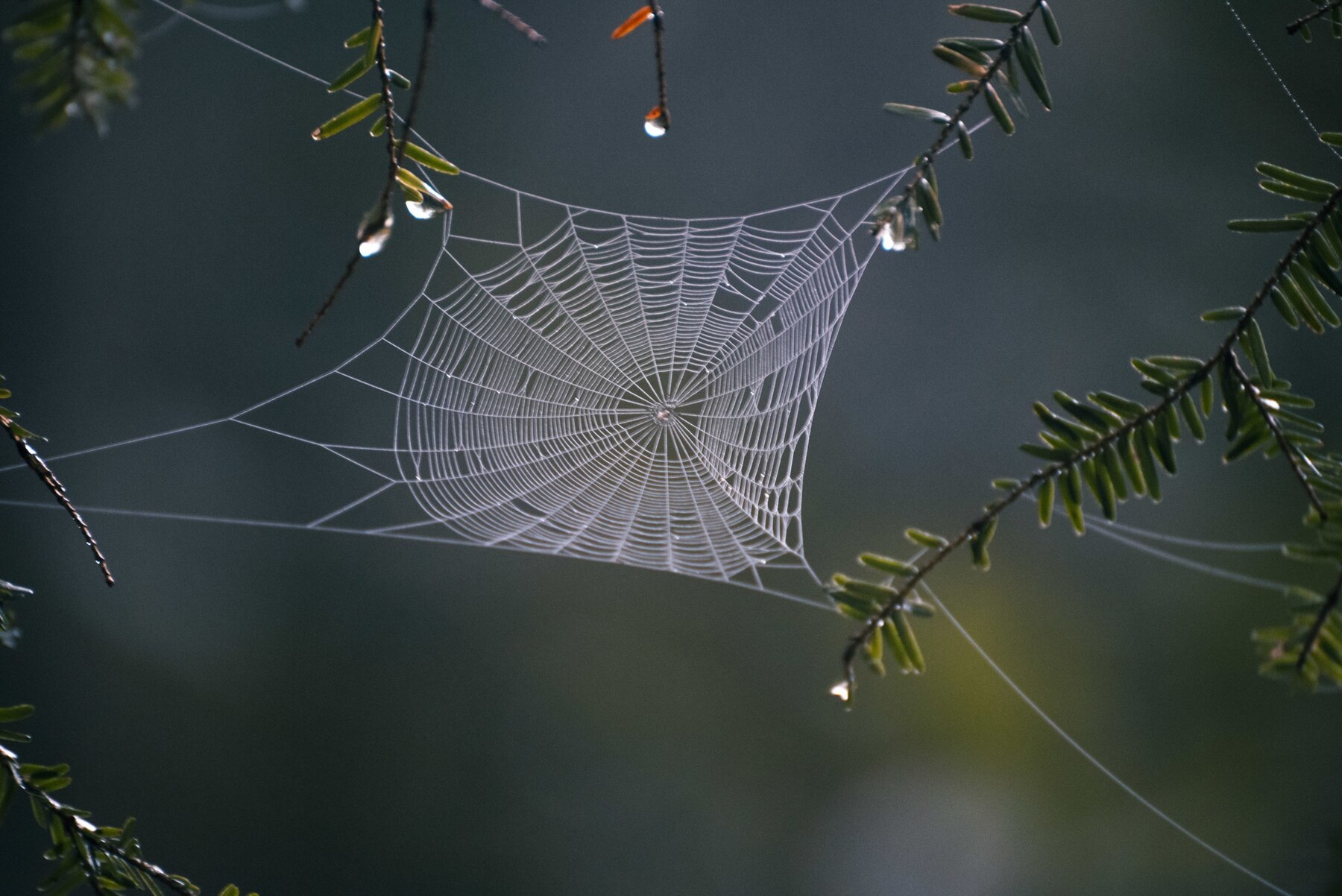Spider control and removal services London
- Extermination of spiders and their eggs
- Treatment against all spiders in the UK including the false widow
- Spider exterminator near you 24/7
- Spider prevention services

How do we get rid of spiders
To identify the species of spiders present, the extent of the infestation, and potential entry points, the spider exterminator will conduct a thorough inspection of the premises.
Spider treatment involves spraying the affected area with a residual insecticide, which keeps it active for a long period of time. All spiders and their eggs will be eradicated.
A follow-up spider treatment must be scheduled 14 days after an initial visit because of the spider's life cycle. Our guaranteed spider removal services include two free follow-up visits.
A written report will be provided by the spider exterminator after the treatment has been completed. You will also receive advice on how to prevent future spider infestations.




Expert spider control done by exterminators

One may not think about spiders as your typical pest. Still, many people don’t like the idea of the creepy crawlies strolling around their homes uninvited. Generally, most spiders that you can find hanging from your ceiling aren’t venomous, but there are types, like the false widow, for example, that you don’t want living on your property.
There are approximately 650 species of spiders found in the UK. The presence of insects and other prey in homes is a common reason for spiders to enter. In such cases, it’s best to put the vacuum cleaner down and call in a professional to handle the arachnid situation for your own good.
How to prepare for a spider control and removal service

- Evacuate your pets from the property prior to the service;
- Carefully vacuum all areas that are to be treated;
- Don’t enter the property for at least 2 hours;
- Once you enter the house, open all windows for 10-15 minutes;
- Avoid vacuuming the treated area for at least 4 days;
Spider Control FAQ
Q: What is the best spider repellent?
Q: How do you get rid of the spiders?
Q: How do you find a spider nest?
Q: Why am I seeing so many spiders?
Q: How much does spraying for spiders cost?
Q: What are the signs of a spider infestation?
Learn more about spiders
Check in our article the main reasons for spiders to enter your home, what are the common spider species in the UK and how to deal with them.
Check our article about the most common spider species in the UK. Learn about their appearance, feeding habits, habitat and risk to health they hide.
Spiders may seem frightening, but discover the fascinating details about them. You'll be amazed by these 10 facts about spiders.
